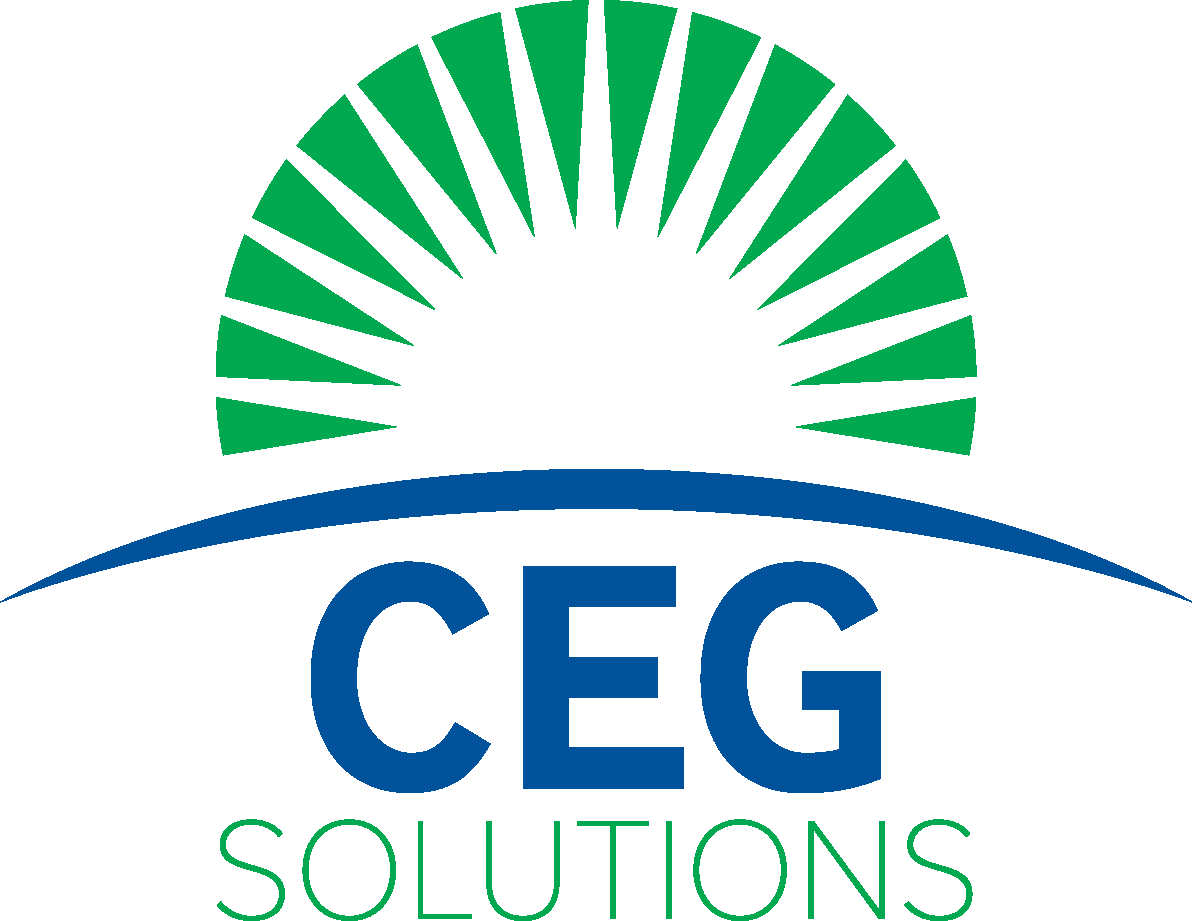Low-Risk, Off-Balance Sheet Financing for Facility Upgrades
Facility owners are under mounting pressure to reduce operating costs, address deferred maintenance and aging systems, maintain safe and compliant environments for occupants, and ensure uninterrupted facility performance—all within increasingly constrained budgets.
So, how does a facility owner move forward with the critical upgrades needed to meet these demands when capital is limited, financial priorities compete, procurement cycles are lengthy, and taking on the liability of a large-scale project isn't feasible?
Energy-as-a-Service (EaaS) offers a viable, low-risk financing mechanism that enables comprehensive upgrades without relying on traditional funding pathways. Recent studies indicate that leading organizations adopting Energy-as-a-Service (EaaS) achieve 20-30% more savings on operational costs and significantly reduce downtime compared to traditional procurement methods.
What Is Energy-as-a-Service?
EaaS is a performance-based contract structure in which a third-party provider delivers, owns, and maintains energy and water conservation measures over a defined term, typically 10 to 20 years. Instead of incurring upfront capital costs or debt obligations, the facility owner pays for the service through periodic payments tied to performance or fixed service fees. These agreements are structured to be cash-flow positive, with savings generated by the efficiency measures exceeding or offsetting the service payments.
EaaS is well-suited for a range of facility types, including public sector facilities, industrial and commercial buildings, and healthcare institutions that prefer off-balance sheet treatment and reduced financial risk.
Key Advantages
1. Immediate Implementation and No Upfront Capital Requirement
Under an EaaS model, the service provider assumes the responsibility for all capital investment required to develop and implement the project. With EaaS, the provider carries the upfront investment costs, enabling immediate implementation of critical projects. Because the facility owner is not required to contribute upfront capital, projects that might otherwise be deferred due to lack of budget can be executed immediately.
2. Risk Transfer
A defining component of EaaS is the transfer of both performance and maintenance risk to the provider. This means:
The provider is contractually responsible for system uptime, operational performance, and efficiency outcomes
All operations and maintenance (O&M), measurement and verification (M&V), and long-term performance obligations are handled by the provider
The customer is shielded from unexpected cost overruns, equipment failures, or underperformance
Typically, the agreement includes guaranteed savings provisions that ensure the projected cost reductions are realized. This risk allocation structure protects facility owners from technical and financial exposure.
3. Off-Balance Sheet Treatment
Since the service provider retains ownership of the installed equipment throughout the contract term, EaaS arrangements are typically classified as operating expenses rather than capital expenditures. This structure allows the project to remain off the facility owner's balance sheet.
Applications and Technologies Covered
EaaS projects can address a broad range of infrastructure improvements, including but not limited to:
HVAC modernization and advanced controls
LED lighting retrofits
Water conservation technologies
Distributed energy resources
Demand management and grid-interactive controls
Getting Started
Organizations interested in pursuing EaaS should begin with a technical and financial assessment to determine project feasibility. Our streamlined assessment process quickly identifies feasible projects and quantifies potential savings. We manage all steps, from initial analysis to ongoing operation, ensuring a seamless transition.
A no-cost preliminary assessment can help determine whether EaaS is a viable solution for your facility. It serves as an initial evaluation of a client’s current energy usage, the condition of facility systems (such as lighting, HVAC, insulation, etc.), and any potential areas for energy efficiency improvement.
To schedule a facility assessment or learn more about structuring an EaaS agreement tailored to your facility’s goals, contact us today.
